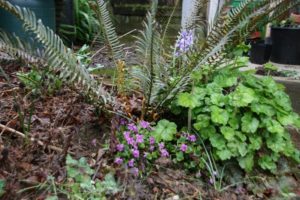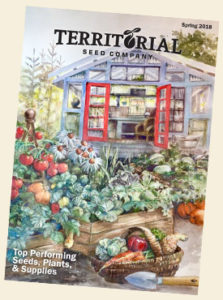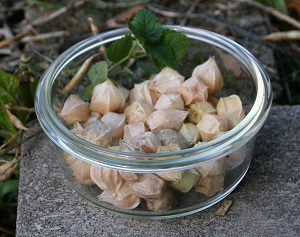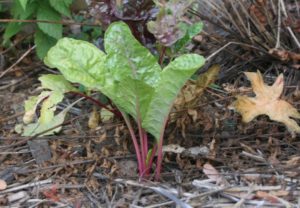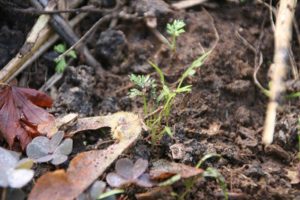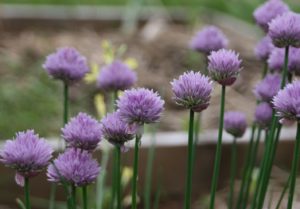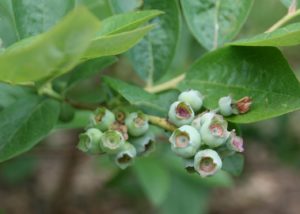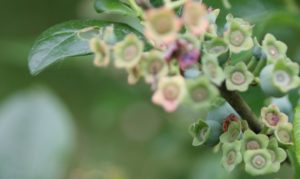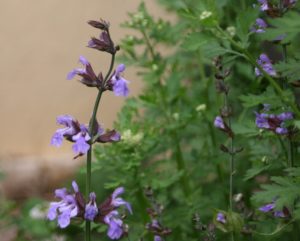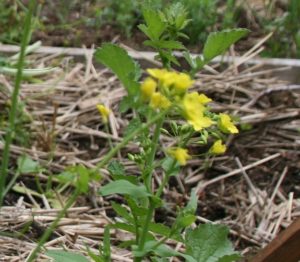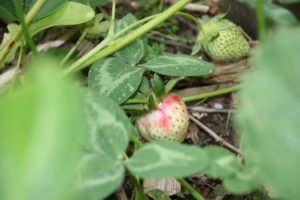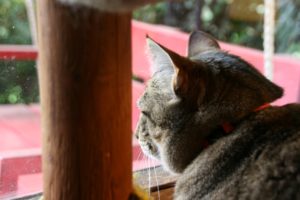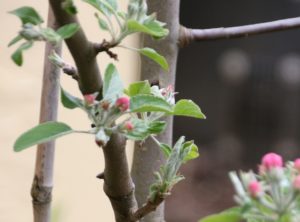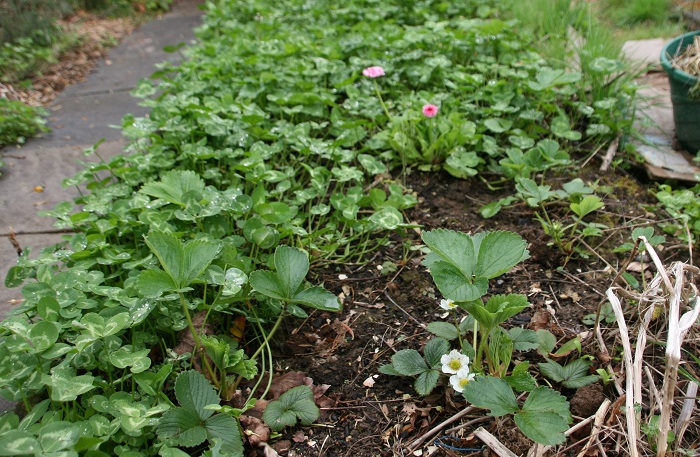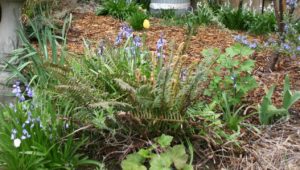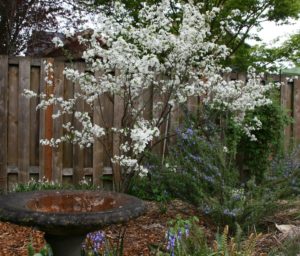Some days the gardener has to get out of their own garden and get inspired by the hard work of others. Also, sometimes it’s just too nice to sit in your house and work! Luckily, I had the perfect solution at hand: on Mondays, Portland’s Crystal Springs Rhododendron Garden is open admission-free.
Now, I’ve been hearing about this garden for years, but I’ve never checked it out, and now I think sorrowfully on all the time I missed spending in this amazing space. Here’s just one garden-variety view:
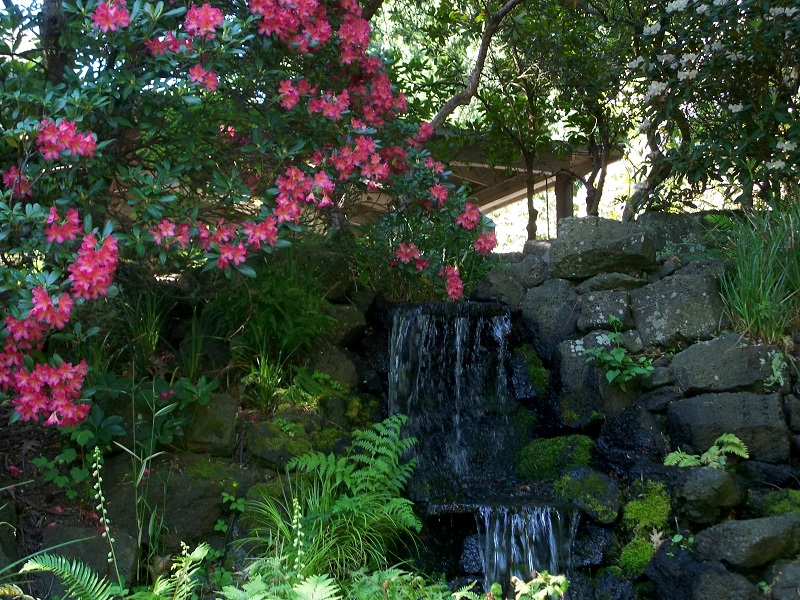
Yes, this sort of ridiculous beauty is available at every turn, especially right now, peak rhodie season. Moreover, the garden is built alongside a lake (formed by damming the streams fed by the springs), which is filled with adorable waterfowl, songbirds, and other creatures. I saw some kind of tiny adorable mouse-thing swimming from one patch of yellow flag to another. I saw a baby nutria climb on its mother’s head (two better behaved nutria swam quietly after their mom and naughty sibling). And, for better or worse, most of these creatures are so used to humans that you can get right up next to them.
This sparrow didn’t mind being photographed apres-bath:
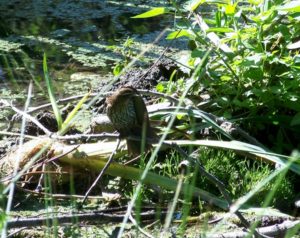
And this red-winged blackbird almost landed on my head!
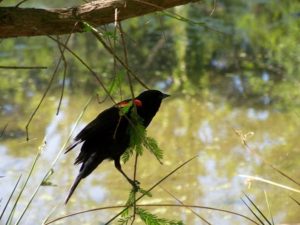
It actually sat next to me while I tried to get a picture of another sparrow delivering treats to its nest in the yellow flags. (None of those pictures turned out. Did I mention that the camera I’m using came out of the lost & found from my former workplace?)
After a wonderful stroll around the grounds, I settled down on a bench, brought out my thermos of (half-caf) coffee, and worked on a short story. It was a beautiful and productive way to spend a morning!
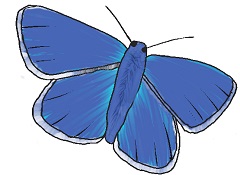
From Hepzibah’s Garden
